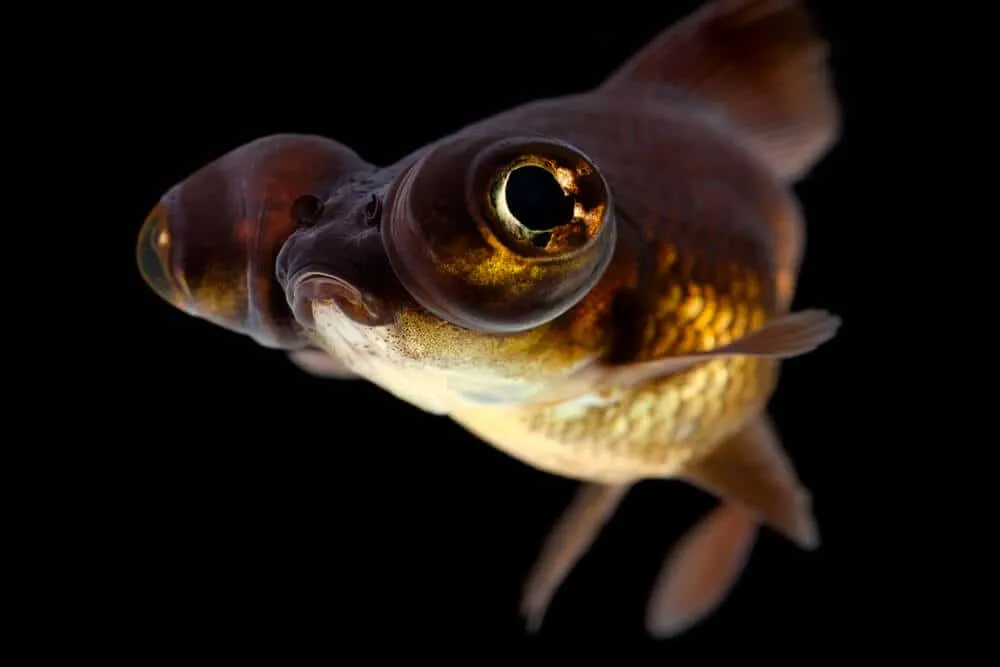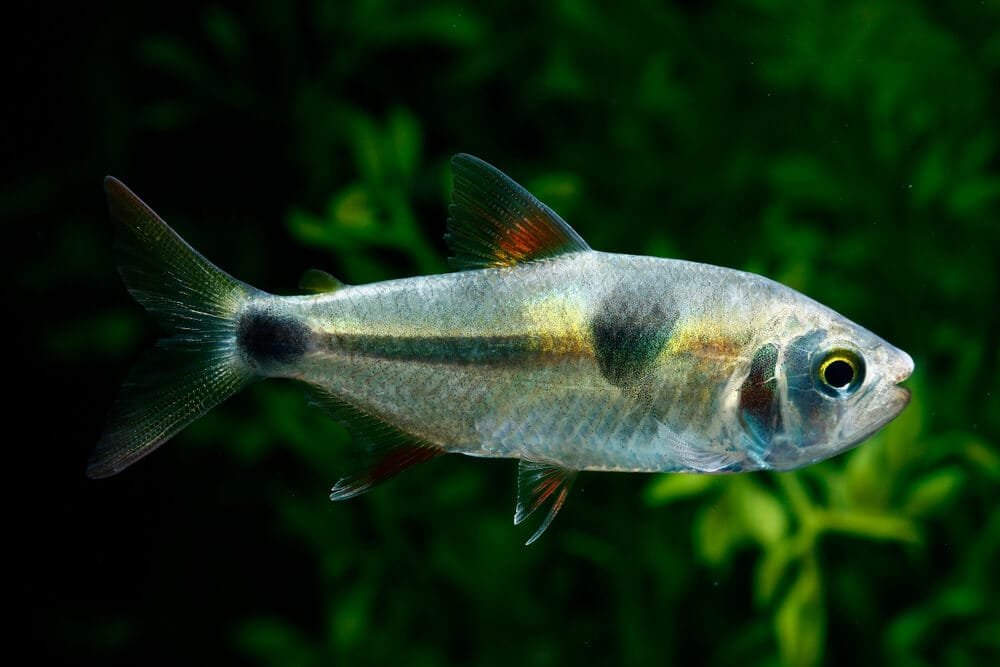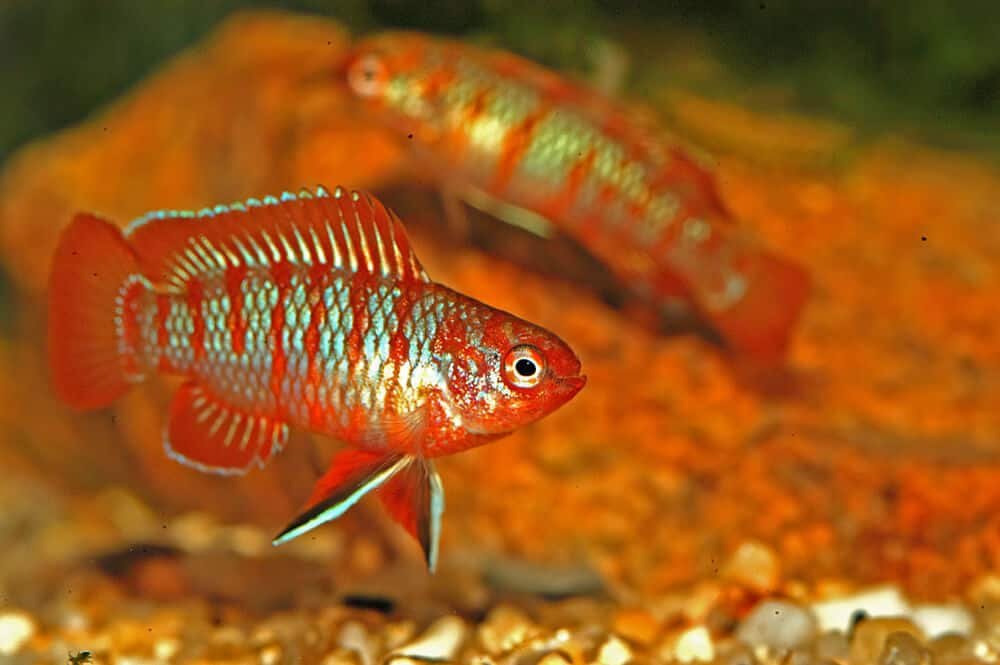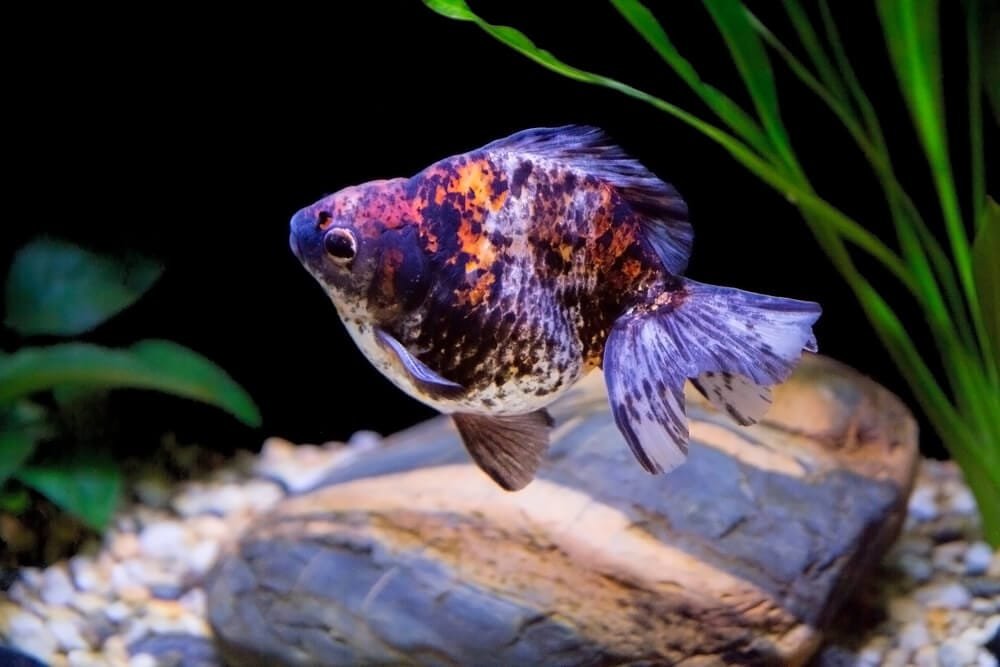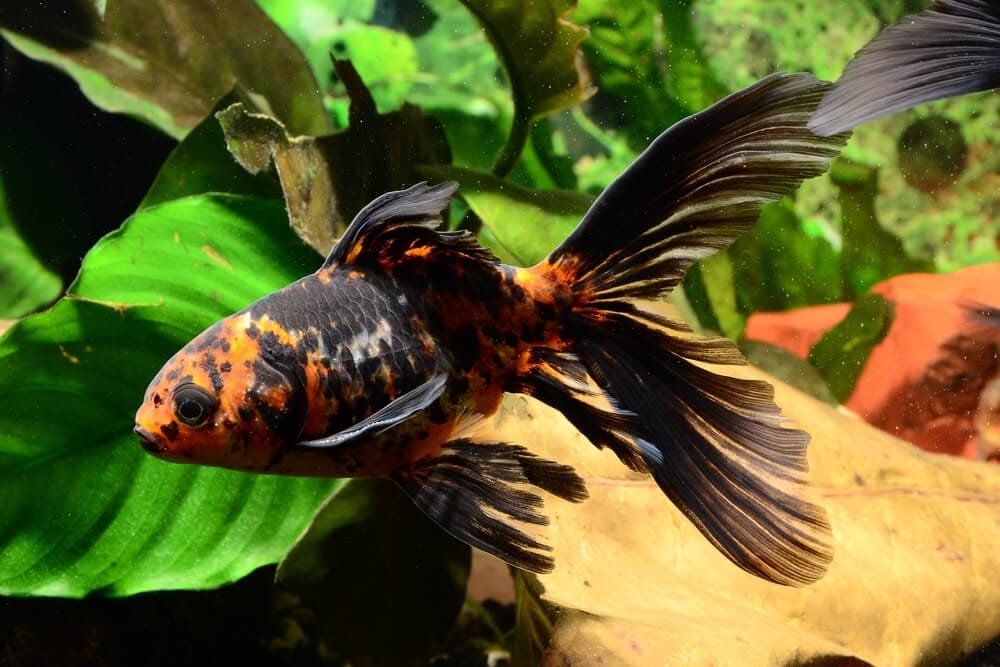Rope Fish: Care Guide for Fascinating Aquarium Residents
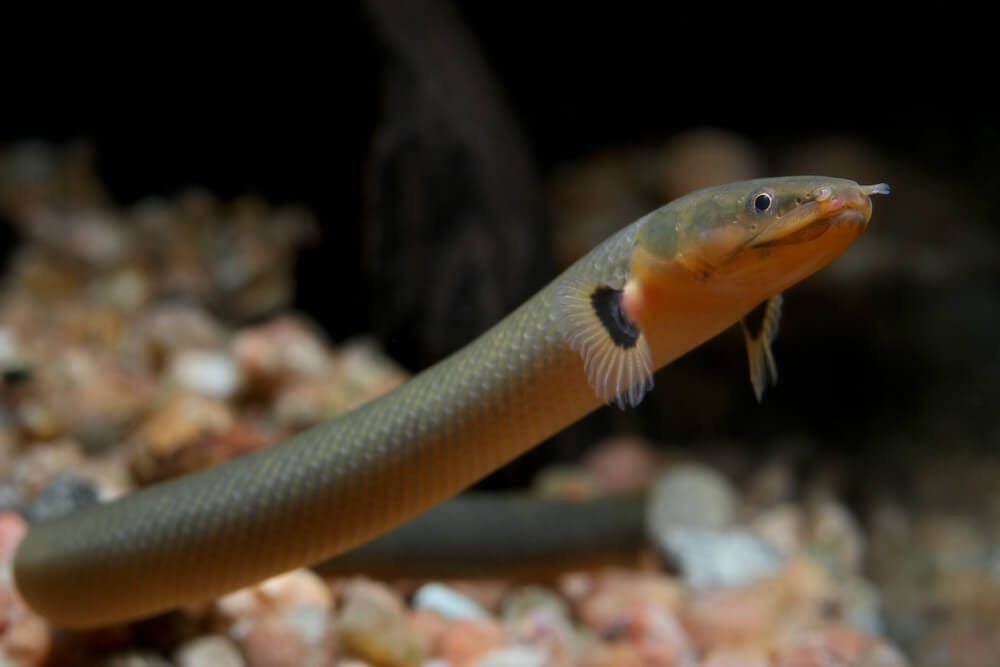
Imagine having a fascinating and unique creature as a pet, one that will capture the attention of anyone who visits your home. Enter the Rope Fish, a captivating aquatic species that is sure to become the star of your personal aquarium. With its slender, serpentine body and intricate pattern of dark stripes, the Rope Fish is both visually striking and incredibly intriguing. This article will explore the intriguing characteristics and care requirements of the Rope Fish, allowing you to fully appreciate this extraordinary aquatic friend.
Physical Description
Size
The Rope Fish, also known as the Reedfish or Snakefish, is an interesting and unique species of fish. It can grow quite large, reaching lengths of up to 3 feet. However, in an aquarium setting, they typically reach a size of around 2 feet. Their elongated body and slender shape make them a visually striking addition to any aquarium.
Coloration
Rope Fish have a predominantly brown or grayish coloration, with distinct dark bands running vertically along their body. These bands give them the appearance of a rope or a snake, hence their name. Their coloring helps them blend in with their surroundings, providing camouflage in their natural habitat.
Body Shape
The body of a Rope Fish is elongated and cylindrical, giving them a serpentine appearance. Their body is covered in bony plates known as ganoid scales, which provide protection and added rigidity to their body. They have a long dorsal fin that runs along their spine and is lined with small, needle-like spines. Their underslung mouth contains sharp teeth, which they use to catch and consume their prey.
Natural Habitat
Origin
Rope Fish are native to Africa, primarily found in the rivers and swamps of the Democratic Republic of the Congo and Nigeria. They are well adapted to the slow-moving and often murky waters of these regions.
Distribution
Although Rope Fish are native to Africa, they have gained popularity among fishkeepers worldwide. They are now distributed in many countries due to their appeal as an aquarium fish. They can be found in homes and public aquariums in various parts of the world, including Europe, North America, and Asia.
Preferred Environment
Rope Fish are well suited to freshwater environments, particularly those with soft and slightly acidic water. They are commonly found in areas of slow-moving or stagnant water, such as swamps, marshes, and slow-moving rivers. These fish are well adapted to low oxygen levels and can often be seen coming to the surface to gulp air.
Behavior and Temperament
Nocturnal Activity
Rope Fish are primarily nocturnal creatures, which means they are most active during the nighttime hours. During the day, they tend to retreat into hiding places, such as caves or dense vegetation, where they can feel secure. Their nocturnal nature adds an element of mystery to their behavior and can make them an intriguing species to observe.
Predatory Nature
Rope Fish have a predatory nature and are known to feed on small fish, crustaceans, and insects in their natural habitat. In an aquarium setting, they can be fed a variety of live or frozen foods, such as bloodworms, brine shrimp, and small fish. It’s important to ensure that their diet is diverse and meets their nutritional needs.
Compatibility with Other Fish
While Rope Fish may be compatible with some fish species, it is important to exercise caution when choosing tankmates. They have been known to eat small fish, so it is best to avoid pairing them with species that are significantly smaller in size. They are generally peaceful and can be housed with larger fish of a similar temperament.
Feeding Habits
Carnivorous Diet
Rope Fish are carnivorous and require a diet primarily consisting of meaty foods. They have a preference for live or frozen foods, as they resemble their natural prey in the wild. It is essential to provide them with a varied diet to ensure they receive all the necessary nutrients.
Prey Selection
In their natural habitat, Rope Fish primarily prey on small fish, crustaceans, and insects. In an aquarium setting, they can be fed a variety of live or frozen foods such as bloodworms, brine shrimp, and small fish. Providing them a diverse diet will help recreate their natural feeding behavior.
Feeding Frequency
Rope Fish should be fed once or twice a day, with portions that they can consume within a few minutes. Overfeeding should be avoided, as it can lead to health issues. It is recommended to observe the fish during feeding to ensure they are consuming the appropriate amount of food.
Reproduction
Breeding Behavior
Rope Fish are known to exhibit complex breeding behaviors. During the mating season, males will chase and court females, displaying elaborate swimming displays. Once a female is ready to breed, she will lay her eggs in an area of the tank that the male has prepared.
Egg Depositing
The female Rope Fish can lay hundreds of eggs during the breeding process. These eggs are tiny and transparent, making them difficult to spot in the aquarium. Once the eggs are deposited, the male Rope Fish will fertilize them externally. After fertilization occurs, the male will guard the eggs until they hatch.
Parental Care
Male Rope Fish show exceptional parental care by protecting the eggs during the incubation period. They often remain close to the eggs, fanning them with their pectoral fins to provide oxygen and prevent fungal growth. Once the eggs hatch, the young Rope Fish will be mobile and independent.
Aquarium Care
Tank Size
Due to their impressive size, Rope Fish require a spacious tank to thrive. A tank size of at least 75 gallons is recommended to provide them with ample swimming space. The tank should also be long to accommodate their elongated body shape.
Water Parameters
Rope Fish prefer soft and slightly acidic water conditions. It is important to maintain a pH level between 6.5 and 7.5, and a temperature range of 75-82°F (24-28°C). Regular water testing and monitoring are essential to ensure optimal water quality.
Filtration and Aeration
Adequate filtration and aeration are crucial for the well-being of Rope Fish. A strong filtration system will help maintain water quality by removing waste and providing oxygenation. Gentle water movement is ideal, as they are not strong swimmers and excessive currents can cause stress.
Tankmates
Compatible Fish Species
Rope Fish can be housed with larger, peaceful fish species that share similar water and habitat requirements. Good tankmates include larger tetras, peaceful cichlids, catfish, and other non-aggressive species. It is essential to avoid small fish that may be viewed as prey.
Avoiding Aggression
When selecting tankmates for Rope Fish, it is important to consider their predatory nature. Small fish may trigger their hunting instincts, leading to aggression or harm. Additionally, aggressive species can cause stress and potential harm. Choosing fish of similar size and temperament is key to maintaining a harmonious tank environment.
Common Health Issues
Parasitic Infections
Rope Fish are susceptible to parasitic infections, such as ich (white spot disease) and skin flukes. Regular observation and water parameter maintenance are essential to prevent such infections. Quarantining new fish before introducing them to the main tank can help prevent the spread of parasites.
Sensitivities to Water Conditions
Rope Fish can be sensitive to poor water conditions, such as high levels of ammonia or nitrate. Regular water testing and maintenance are vital to prevent stress and potential health issues. It is also important to provide adequate oxygenation and ensure proper filtration to maintain water quality.
Injury Risks
The fragile fins and delicate scales of Rope Fish make them susceptible to injuries. Sharp or rough decorations should be avoided in the tank to prevent accidental injuries. Providing ample hiding spots and plenty of open space will help prevent collisions with tank decor and reduce the risk of injury.
Tips for Successful Keeping
Ideal Tank Setup
To create an ideal tank setup for Rope Fish, consider providing plenty of hiding spots such as caves, driftwood, and dense vegetation. Simulating their natural habitat with a sandy substrate and low lighting can also help create a comfortable environment. Introducing plants that tolerate low light conditions can provide additional cover and enhance their overall well-being.
Feeding Recommendations
Offering a diverse diet is crucial to meeting the nutritional needs of Rope Fish. Providing a combination of live and frozen foods, including bloodworms, brine shrimp, and small fish, will help replicate their natural feeding behaviors. Offering a variety of textures and sizes will also help keep them mentally and physically stimulated.
Regular Maintenance
To ensure the health and happiness of your Rope Fish, regular maintenance is crucial. Perform routine water changes, test water parameters, and monitor filtration systems consistently. Regular observation of the fish’s behavior and appearance can help identify any potential challenges early on.
Conservation Status
Wild Population Status
The wild population of Rope Fish is currently considered stable. However, their habitat is subject to human activity, such as pollution and habitat destruction. Continued efforts to protect their natural environment are necessary to maintain healthy wild populations.
Captive Breeding Efforts
Rope Fish are successfully bred in captivity, with some individuals being born and raised in home aquariums. Captive breeding efforts contribute to the availability of these fish in the aquarium trade while reducing the demand for wild-caught individuals. Responsible breeding practices are essential to preserve the genetic diversity and health of the species.
In conclusion, the Rope Fish is a fascinating species that requires careful consideration and attention to thrive in an aquarium setting. By understanding their physical characteristics, natural habitat, behavior, and care requirements, fishkeepers can create a suitable environment that promotes their well-being. Whether observing their nocturnal activities or appreciating their unique appearance, the Rope Fish is sure to be a captivating addition to any aquarium.
